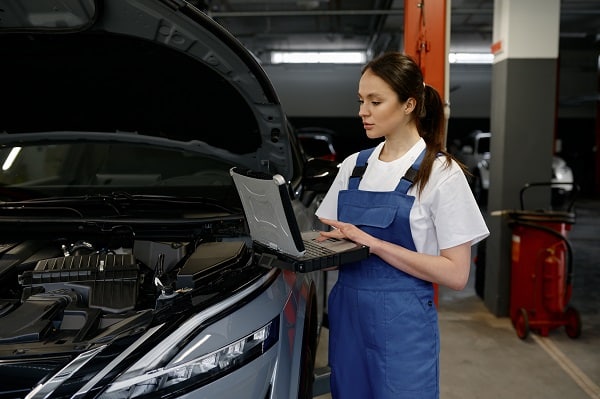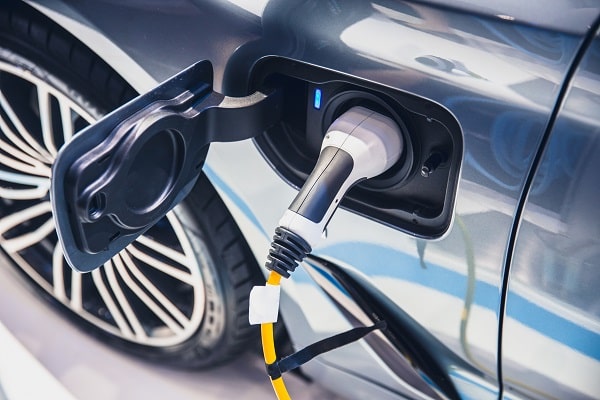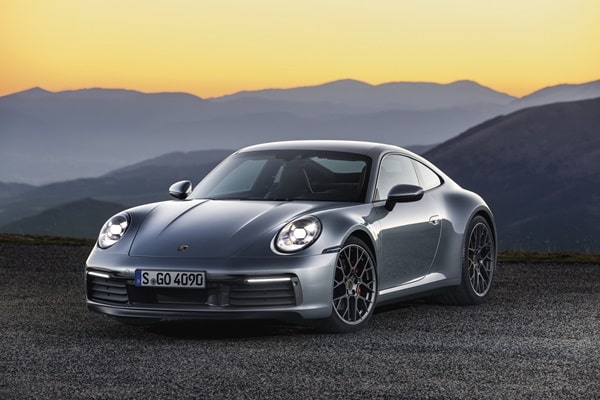In the world of automobiles, brand reputation is a significant factor influencing consumer decisions. However, there are instances where renowned brands have produced vehicles that didn’t meet the expectations set by their reputation. This article aims to delve into the reasons why good brands make bad cars. It will explore various factors that contribute to this phenomenon, from the paradox of success to the pressure of innovation.
Contents
- 1 Breaking Down Brand Reputation
- 2 The Paradox Of Success
- 3 The Pressure Of Innovation
- 4 Cost Cutting Measures
- 5 Market Demand And Trends
- 6 Regulatory Pressures
- 7 Globalization And Outsourcing
- 8 The Role Of Competition
- 9 The Impact Of Bad Cars On Good Brands
- 10 Consider The Different Reasons Why Good Brands Make Bad Cars!
Breaking Down Brand Reputation

Brand reputation refers to how the public, customers, and stakeholders perceive a brand. It’s a culmination of several factors, including product quality, customer service, and the company’s overall reliability. A positive brand reputation can take years, even decades, to build. It’s a powerful asset that can influence consumer behavior, driving customer loyalty and attracting new customers.
However, maintaining this reputation requires consistent delivery of quality products, which can sometimes be a challenge for even the most reputable brands. In the automotive industry, a brand’s reputation can significantly impact its market share. Consumers often rely on a brand’s reputation when making purchasing decisions, especially for high-ticket items like cars.
A good reputation can instill trust and confidence in the product. Unfortunately, when a brand that’s known for producing high-quality vehicles releases a subpar model, it can lead to confusion and disappointment among consumers and potentially tarnish the brand’s reputation.
The Paradox Of Success

Success can sometimes be a double-edged sword. On the one hand, it validates a company’s strategies and products. On the other hand, it can lead to complacency. When a brand becomes successful, there’s a tendency to stick to what works and resist change. This can stifle innovation and lead to stagnation. In the fast-paced automotive industry, failing to innovate can result in outdated, uncompetitive products.
Take, for instance, some of the once-leading car manufacturers who rested on their laurels. They continued to produce the same models with minor updates while their competitors were innovating and introducing new technologies. Over time, these brands saw a decline in their market share as consumers opted for more innovative and technologically advanced vehicles.
The Pressure Of Innovation

Innovation is a driving force in the automotive industry. With the rapid advancement of technology, car manufacturers are under constant pressure to innovate and stay ahead of the competition. However, this pressure can sometimes lead to rushed products that haven’t been thoroughly tested or refined, resulting in subpar vehicles.
For example, in the race to develop electric vehicles, some brands have rushed their products to market without sufficient testing. This has led to issues with battery life, charging infrastructure, and overall vehicle performance. While these brands may have been first to market, the quality of their vehicles suffered, leading to recalls and damage to their reputation.
Cost Cutting Measures

Cost-cutting is a common strategy used by companies to improve their bottom line. In the automotive industry, this can involve using cheaper materials, reducing labor costs, or simplifying designs. While these measures can improve profitability in the short term, they can also decrease product quality, resulting in what consumers perceive as “bad” cars. For instance, some car manufacturers have replaced metal parts with cheaper plastic alternatives to save on costs.
While this may not initially impact the car’s performance, over time, these parts can wear out faster, leading to more frequent repairs and a shorter lifespan for the vehicle. Similarly, reducing labor costs by limiting quality control or rushing production can lead to mistakes or oversights, resulting in faulty vehicles.
Market Demand And Trends

Market demand and trends play a significant role in shaping the products that car manufacturers produce. Brands often design and manufacture cars based on what they believe consumers want. However, misjudging these trends or prioritizing them over quality can lead to the production of vehicles that fall short of the brand’s usual standards.
Consider the trend towards SUVs and crossover vehicles. In response to this demand, some brands that traditionally excelled in producing sedans or sports cars rushed to release their own versions of SUVs. However, in their haste to capitalize on the trend, they produced vehicles that lacked the quality and performance their brands were known for.
Regulatory Pressures

Regulations are a necessary part of the automotive industry, ensuring safety standards and environmental compliance. However, these regulations can also put pressure on car manufacturers to make changes to their vehicles that may compromise their quality or performance. For example, regulations aimed at reducing emissions have led some manufacturers to downsize their engines or switch to alternative fuels.
While these changes are beneficial for the environment, they can also impact the vehicle’s performance, leading to slower acceleration or reduced power. In some cases, consumers have poorly received these changes and feel that the vehicles do not live up to the brand’s reputation for performance and quality.
Globalization And Outsourcing

Globalization has had a profound impact on the automotive world, with many car manufacturers choosing to outsource parts production or assembly to other countries where labor is cheaper. While this can reduce production costs, it can also lead to quality control issues, as maintaining consistent standards across different locations can be challenging.
Take, for instance, a luxury car brand known for its meticulous craftsmanship and attention to detail. If this brand decides to outsource production to a country where labor is cheaper, it may struggle to maintain the same level of quality and precision that they are known for. This could result in vehicles that fall short of the brand’s usual standards, disappointing loyal customers and potentially damaging the brand’s reputation.
The Role Of Competition

Competition is a driving force in the automotive industry, pushing brands to constantly improve their products and stay ahead of their rivals. However, this competitive pressure can sometimes lead to rushed product releases, as brands strive to be the first to market with new features or technologies. This haste can result in vehicles that haven’t been thoroughly tested or refined, leading to subpar performance and quality.
For instance, in the race to integrate autonomous driving technology, some brands have rushed to release vehicles with these features before they are fully ready. This has led to issues with the technology’s reliability and safety, resulting in recalls and damage to the brands’ reputations.
The Impact Of Bad Cars On Good Brands

Producing a bad car can have significant consequences for a brand, particularly if it has a reputation for quality. A single subpar model can lead to negative reviews, loss of customer trust, and a decline in sales. Moreover, it can damage the brand’s reputation, which can take years to rebuild.
Consider a luxury car brand that releases a new model with significant mechanical issues. News of these issues spreads quickly, leading to negative reviews and declining sales. Even after the issues are addressed, the brand may struggle to regain consumer trust.
Consider The Different Reasons Why Good Brands Make Bad Cars!
As you can see, there are numerous factors that can affect why good brands make bad cars, from the paradox of success to the pressure of competition. However, by prioritizing quality control, staying true to their brand values, and listening to customer feedback, these brands can navigate these challenges and continue to produce high-quality vehicles. It’s a delicate balance, but one that is crucial for maintaining a brand’s reputation and ensuring its long-term success in the competitive automotive industry!


